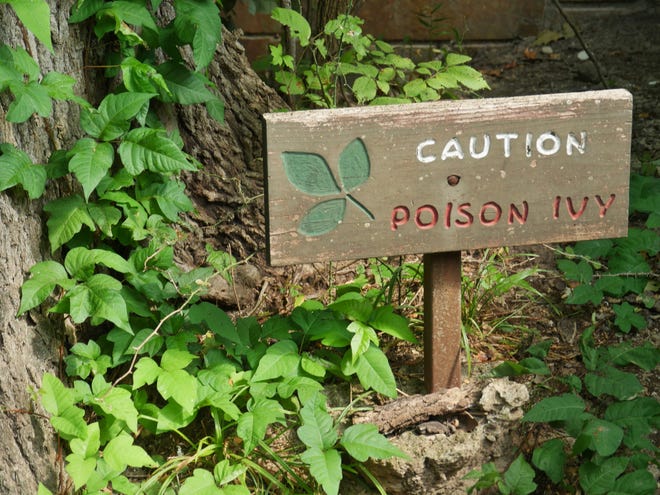Dr. Erika Kube
A doctor’s assistant I worked with in the emergency department went to see a patient complaining of itching and told me something was wrong. He had had a bad reaction to poison ivy in the past and was exposed to poison ivy again despite not doing any yard work recently. I thought.
Brian said he had been a little tired the last few weeks and had taken a rare nap for him. He thought his stomach was upset because of the medicine he was taking. His wife told him he needed to come to the emergency department for her evaluation.
